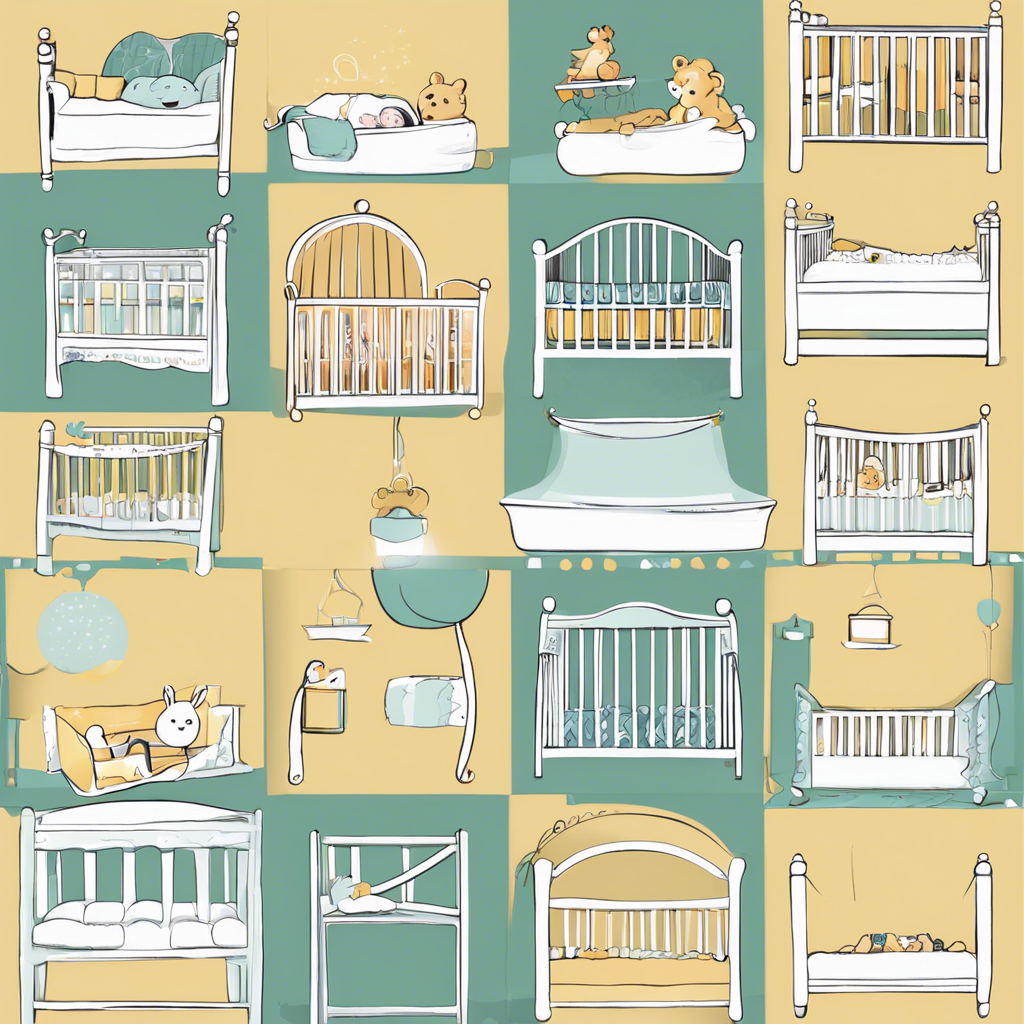Transitioning a baby to a crib can be an emotional and challenging process for both parents and infants. Many parents worry about how their little one will adjust to a new sleeping environment, especially if they’ve been co-sleeping or using a bassinet. While every baby is different, the transition can be smooth with the right approach. Understanding your baby’s sleep patterns, creating a cozy crib environment, and using gentle sleep-training techniques can help make this transition easier. Parents should also prepare themselves for some trial and error since it may take a few nights—or even weeks—for their baby to adjust fully.
One of the best ways to begin the transition is by making the crib feel familiar. If your baby has been sleeping in a bassinet or a co-sleeper, try placing their crib in the same room initially before moving it to the nursery. Babies are comforted by familiar scents and surroundings, so using a crib sheet that smells like you can help ease the transition. Parents who have been co-sleeping might want to start by placing their baby in the crib for naps before attempting full nights. This gradual approach gives the baby time to get used to their new sleeping space without feeling overwhelmed.
A consistent bedtime routine is another key factor in a smooth transition. Babies thrive on routine, and establishing a predictable series of steps before bed can signal that it’s time for sleep. A calming bedtime routine might include a warm bath, a gentle massage, a feeding session, and a lullaby before placing the baby in the crib. Keeping the environment dimly lit and quiet helps create a sleep-friendly atmosphere. Avoid overstimulation close to bedtime, as an overtired baby may resist sleeping in a new environment.
Another important consideration is ensuring the crib is comfortable and safe. The American Academy of Pediatrics recommends a firm mattress with a fitted sheet and no loose bedding, pillows, or stuffed animals. Swaddling can provide a sense of security for younger babies, while sleep sacks can be a good option for older infants. Some parents find success by using white noise machines, which can mimic the comforting sounds of the womb and block out disruptive household noises.
Nighttime awakenings are common during the crib transition, and parents should be prepared to offer reassurance. However, it’s crucial to avoid picking up the baby immediately unless they are distressed. Instead, gentle patting or shushing can help soothe them back to sleep without reinforcing a habit of being held every time they wake up. If your baby cries persistently, use a gradual method, such as the Ferber method or chair method, where you provide comfort from a distance and slowly increase the time between interventions.
Patience is key during this transition, as some babies take longer than others to adjust. If your baby is struggling, avoid making sudden changes, such as switching back to co-sleeping. Consistency is crucial, and even small improvements should be celebrated. It’s common for parents to experience setbacks, such as teething or illness, but maintaining a steady approach will help your baby develop good sleep habits in the long run.
For parents who are particularly anxious about the transition, technology can offer some peace of mind. Baby monitors with video and breathing sensors can help parents feel reassured while giving their baby the independence to sleep in their crib. Some monitors even provide temperature and humidity readings, ensuring the sleeping environment is optimal. However, it’s important to balance technology with personal observation, as relying too much on gadgets can increase parental anxiety.
Some parents also find that introducing a security object, such as a small lovey or blanket (once the baby is old enough), can help ease the transition. Babies develop attachments to familiar objects, and having something they associate with comfort can make the crib feel like a safe space. If using a lovey, it’s best to keep it near the baby during supervised wake times first so they form a bond with it before introducing it into the crib.
If sleep regressions occur, parents should remain patient and avoid making drastic changes. Many babies go through phases where they resist sleep or wake up frequently, even after successfully transitioning to a crib. Sleep regressions are temporary and often coincide with developmental leaps. During these times, sticking to the bedtime routine and offering gentle reassurance can prevent long-term sleep disruptions.
Eventually, with consistency and patience, the crib will become a comfortable and familiar place for the baby to sleep. Parents should trust their instincts and remember that every baby is different. What works for one child might not work for another, and flexibility is key. The transition to a crib is a milestone that sets the stage for better sleep habits in the future.
For parents who find the process particularly challenging, seeking support from pediatricians or sleep consultants can be helpful. The transition to independent sleep is a gradual journey, and while it may take time, the reward is a well-rested baby and parent. Staying positive, consistent, and patient will help make the crib a place where your little one feels safe and secure.

